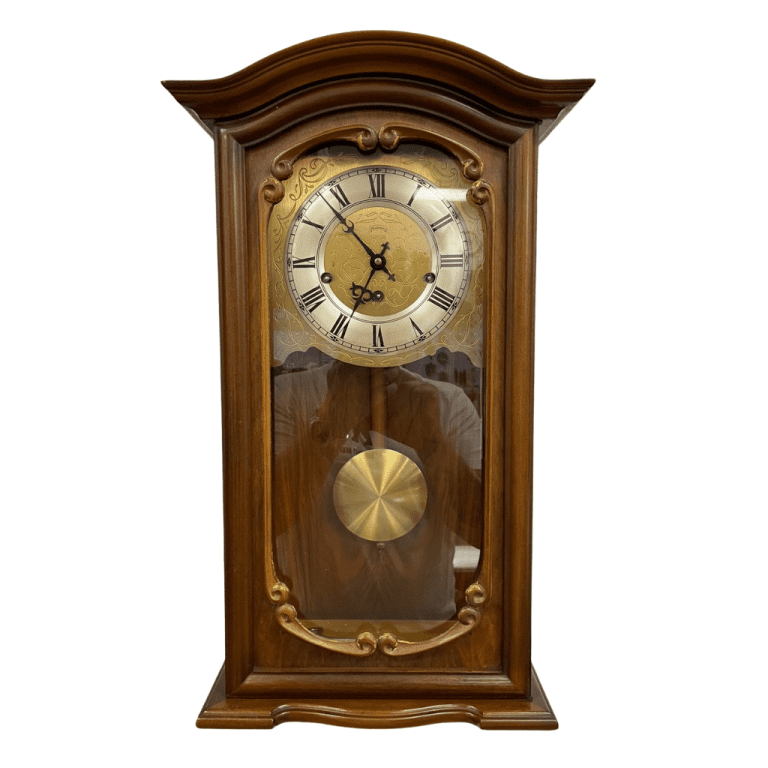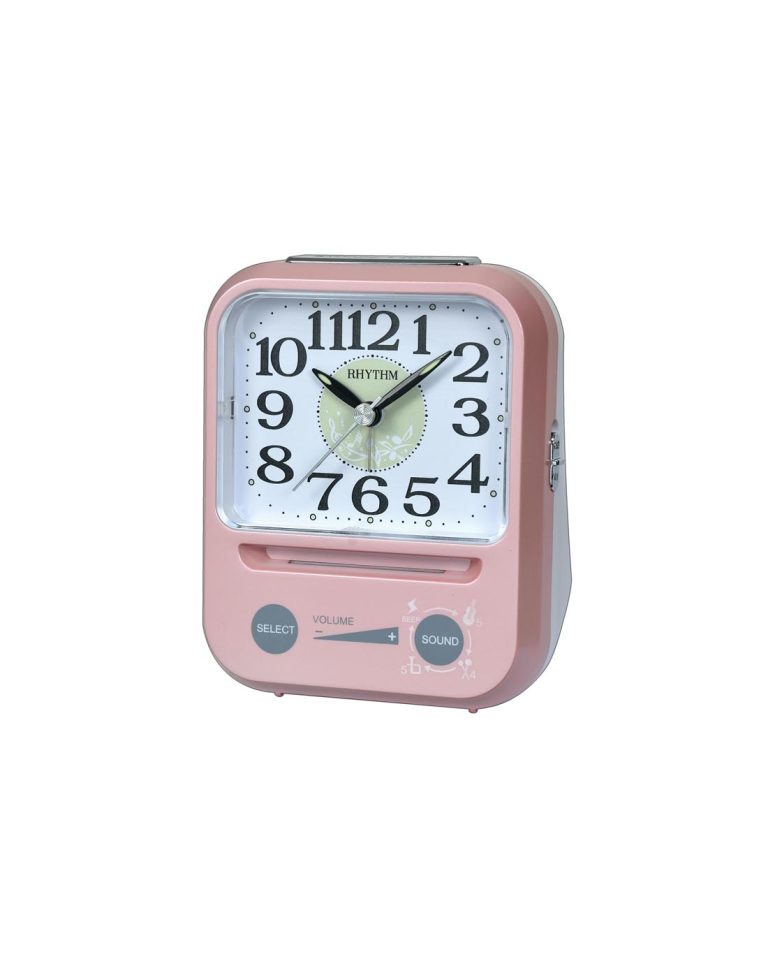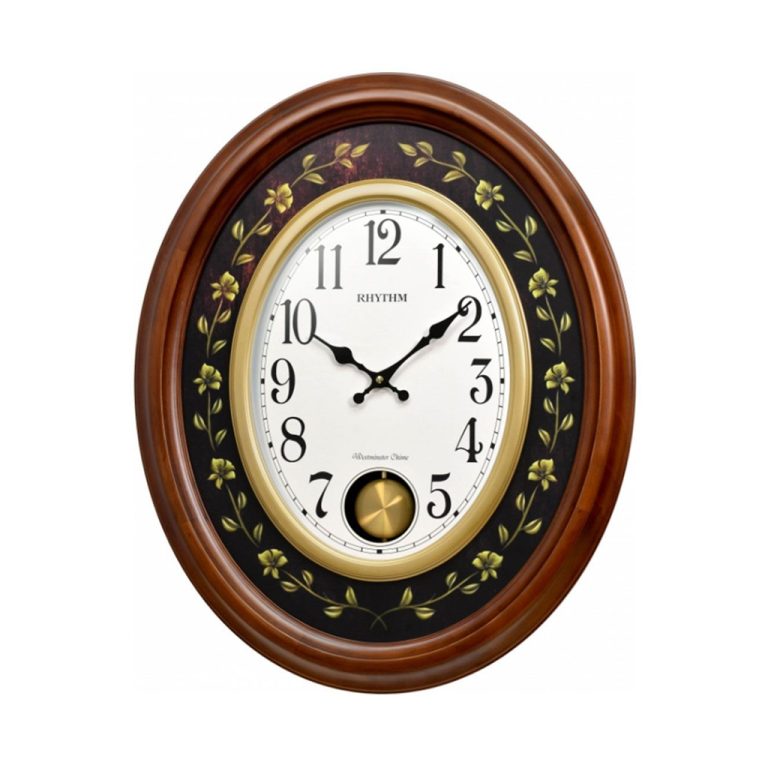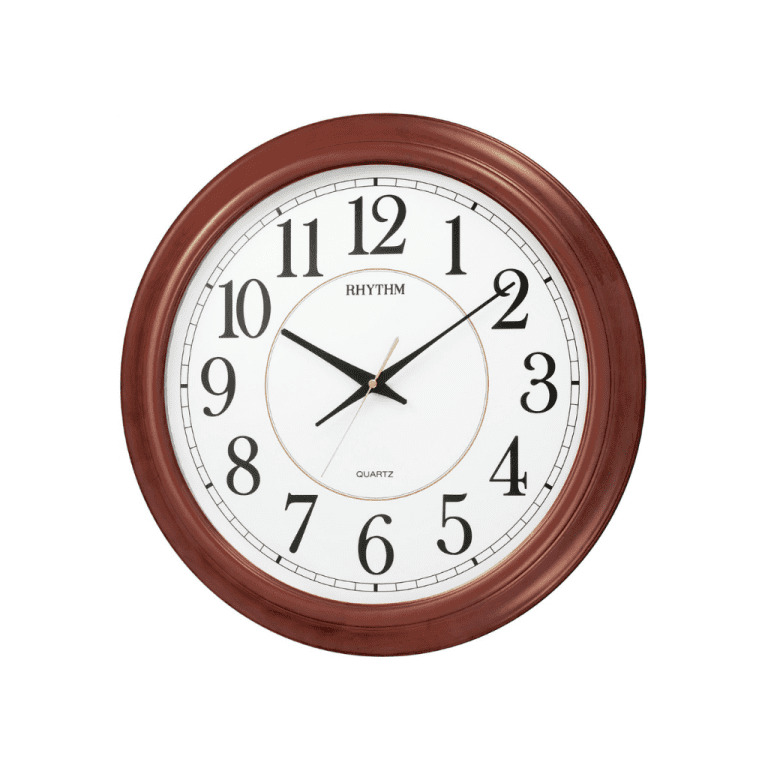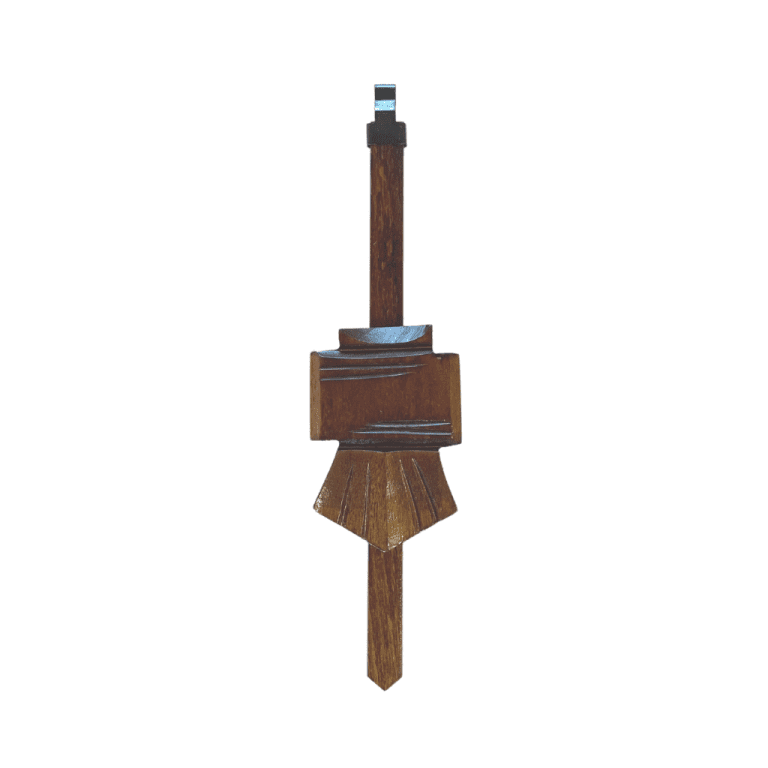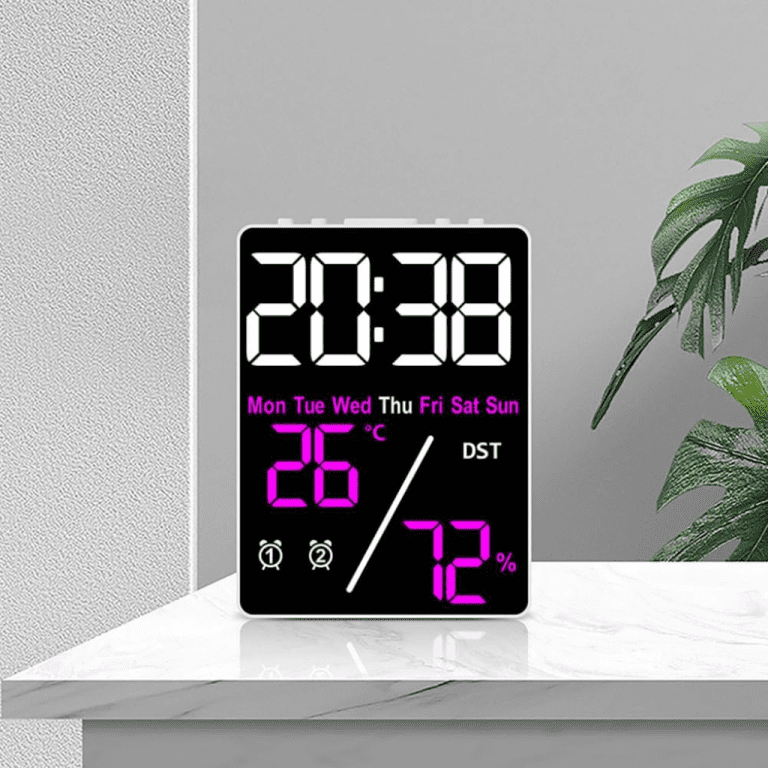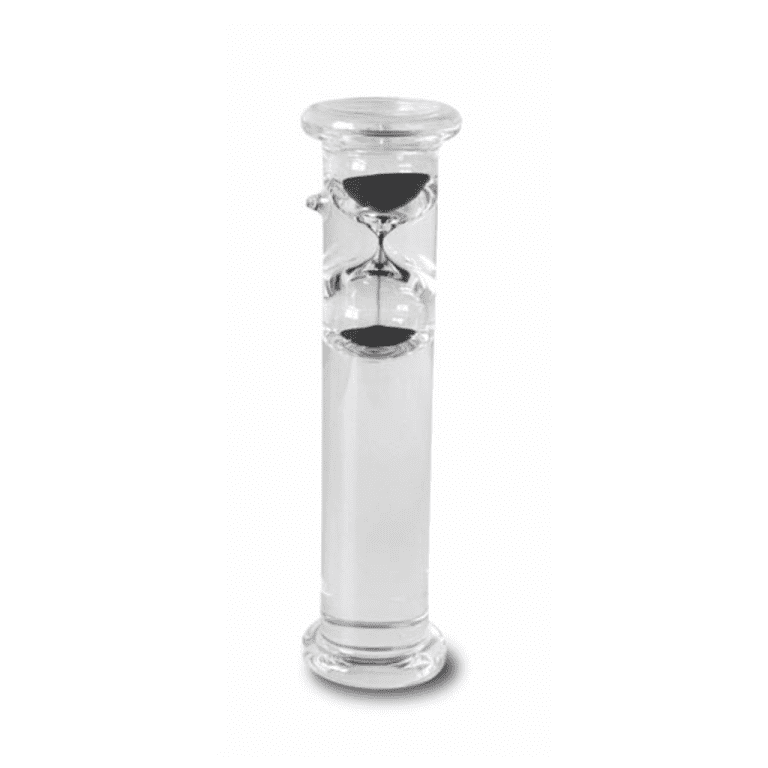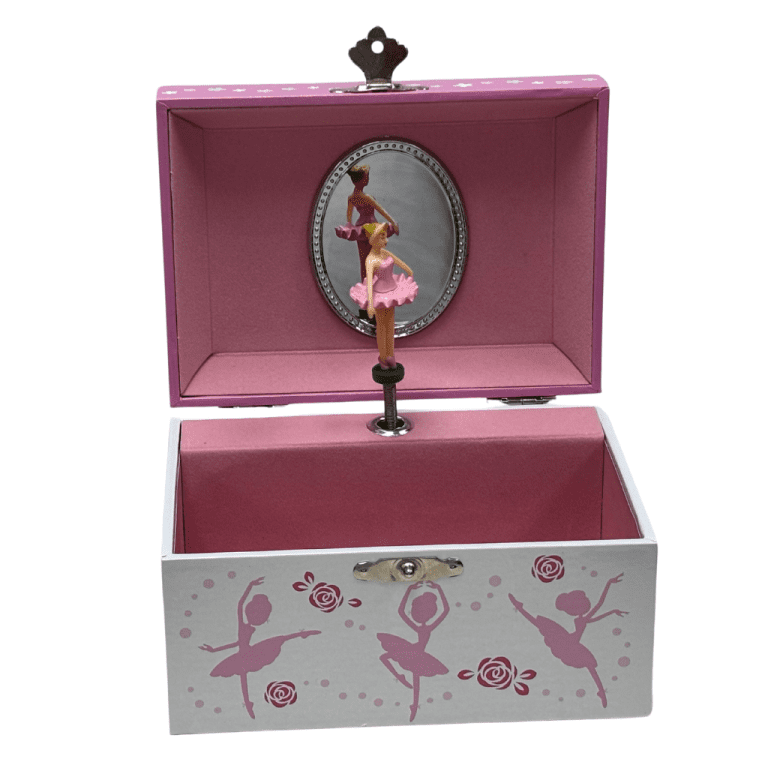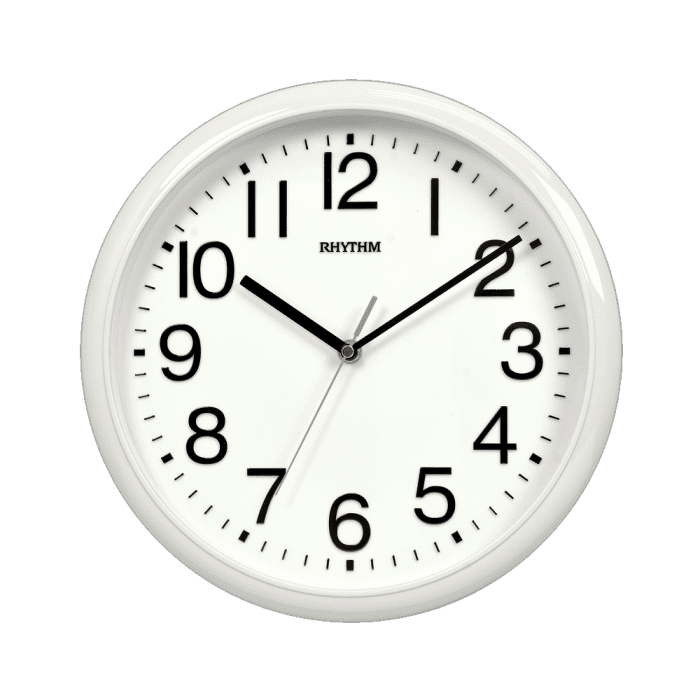A clock is simply a device that measures time. Typical clocks have faces and hands. The long hand measures time in minutes while the short hand in hours. Clocks vary in forms, sizes and shapes but all perform the same task-to tell time. Almost all activities depend on this device, making life easier and more organized.
History of Clocks.
Way back during the old times, people rely on sun and water to measure time. Time readings were not accurate then, not until the discovery of mechanical and electrical clocks. A mechanical clock is composed of a set of gears, a spring and a weight that is responsible for the clock’s movement, while an electrical clock uses electricity or battery as a power source. Later on, modern technology introduced atomic and digital clocks and still continues to study for ways to improve it.
Varieties of Clocks.
There are many different kinds of clocks. A clock that displays the current time in different parts of the world is called a world clock. A world clock is divided into zones. Each zone represents a group of countries sharing the same time.
The most common clocks are those we see hanging on walls. They can be seen on houses, hotels, banks, churches, hospitals and offices. They are almost everywhere. These clocks are called wall clocks.
Special clock parts are added to give extra feature to an alarm clock. A built-in alarm system causes the clock to automatically buzz or ring if a chosen time is up. Most alarm clocks can be seen in our bedrooms.
Grandfather clocks are big clocks-usually 6 feet tall. It has a pendulum that swings back and forth, each swing representing a second
Credited to: https://www.streetdirectory.com/





